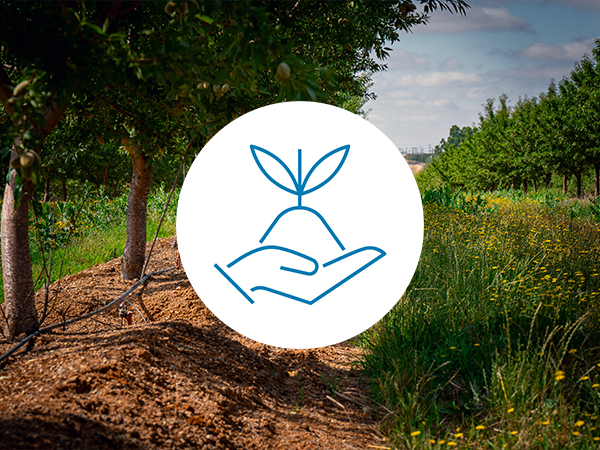Course Description
This session discusses salt chemistry infiltration and salinity management in almond cultivation. The session highlights the importance of soil analysis to understand soil chemistry and water infiltration. The Speaker emphasized the need for precise soil sampling and analysis of factors like soil texture, pH, and electrical conductivity (EC) to manage salinity effectively. He also discussed the significance of calcium, magnesium, sodium, and chloride in soil health, stressing the importance of addressing high sodium and chloride levels to maintain soil quality. The session introduced the new salinity management guide developed in collaboration with UC Cooperative Extension, which aims to provide strategies for mitigating osmotic stress and specific ion toxicity in almond trees. Additionally, the importance of rootstock selection for disease management and soil adaptation was underscored, with a focus on evaluating and selecting appropriate amendments for soil and water to optimize almond production. The session concluded by encouraging growers to utilize available resources, such as the Almond Rootstock Database, and to stay informed about ongoing research and innovations in almond cultivation.
Course Objectives:
After completing this course, learners will be able to:
- Identify key factors in soil analysis for salinity management in almond cultivation, including soil chemistry and water infiltration.
- Demonstrate the process of precise soil sampling and analysis to evaluate soil texture, pH, and electrical conductivity (EC) for effective salinity control.
- Explain the influence of calcium, magnesium, sodium, and chloride on soil health and how to manage high sodium and chloride levels to maintain soil quality.
- Apply strategies from the new salinity management guide to mitigate osmotic stress and specific ion toxicity in almond trees.
- Evaluate the role of rootstock selection in disease management and soil adaptation, and identify appropriate soil and water amendments for improving almond production.
- Utilize available tools and resources like the Almond Rootstock Database to stay informed about current research and innovations in almond cultivation.

